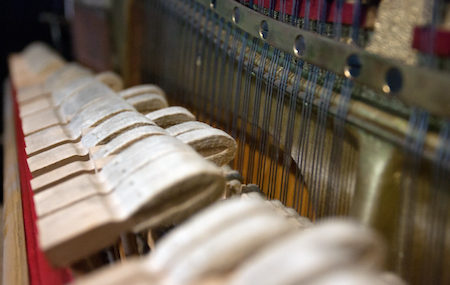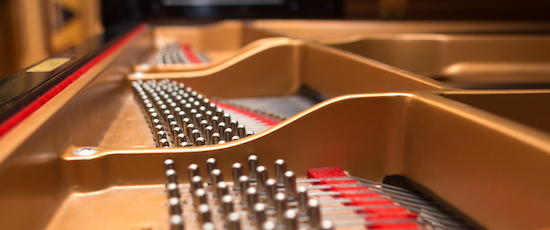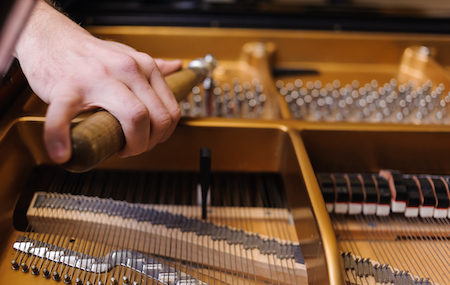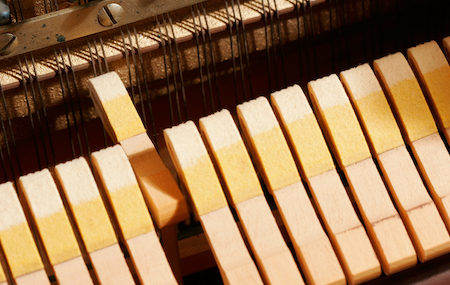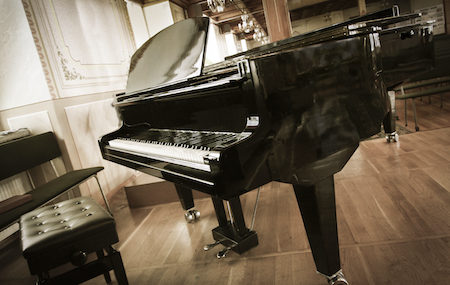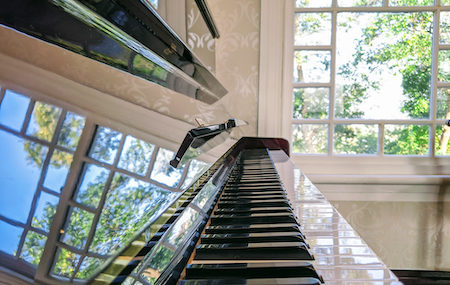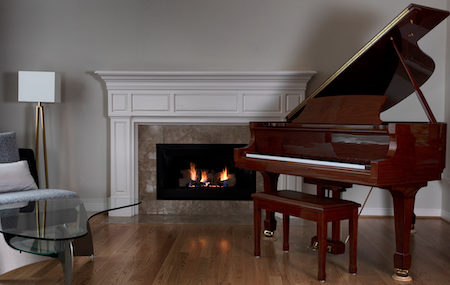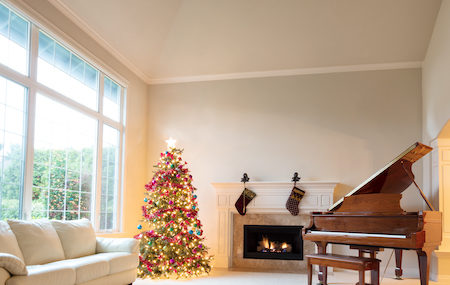When you fall in love with playing the piano, it can change your world. You feel the music. It helps lower your stress, and look at the world differently.
Once you fall in love, you might decide it’s time to upgrade your piano. Why not a grand piano? They’re gorgeous! And the sound … You can feel the difference.
As a dedicated piano player, you know that investing in a grand piano is a big deal. It’s not just a significant financial investment, but also requires a lot of space and care. Once you have purchased a grand piano, it becomes a part of your life, and it can provide you with endless hours of joy.
But grand pianos are expensive. Which might lead you to look at used grand pianos.
You find one you love, but it needs to be restored and refurbished. Is it worth investing money and time into restoring an old piano?
The benefits of restoring and refurbishing used grand pianos
Many pianists turn to used grand pianos because you can get a high-quality piano at a more affordable price. A brand new grand piano can cost thousands of dollars, depending on the brand and model. In contrast, a used grand piano may cost significantly less, even when adding in restoration and refurbishment.
Investing in a used piano saves you a considerable amount of money. Yet restoration can do more. Many used pianos were crafted with finer materials and more love and care. You can’t get old-world crafting in new models. Refurbishing these hidden gems gives them a new life and makes the voice shine again. Piano restoration experts can replace old strings, fix broken hammers, and refinish the wood, making the piano look and sound better.
The drawbacks of restoring and refurbishing used grand pianos
However, restoring and refurbishing used grand pianos also comes with some drawbacks. While it can save you money compared to a new grand piano, restoring one can also be expensive. Depending on the extent of the repairs needed, the cost can add up quickly. It can also be time-consuming to restore a piano, which may result in you being without it for an extended period.
Be conscious of who restores your new piano. If not done correctly, a restored piano may not be as reliable as a new one. Parts may still wear out more quickly due to their age, and technical issues may still exist, despite the restoration. Be fully aware of the work performed and expectations after completion. Research anyone you’re considering for restoration services, and ensure they are the right service for the job.
Finding the right restoration professional
If you decide to restore and refurbish a used grand piano, finding the right professional to handle the job is critical. Piano restoration is a complex task requiring a skilled expert with experience working on grand pianos. You will want to research piano restoration experts in your area and ask for referrals from other piano players. Ensure they have experience working with the particular brand and model of piano you have, as they will be better equipped to handle any unique issues that may arise.
As you explore what’s right for you, continue to weigh your needs and wishes. Restoration isn’t for everybody. If your priority is having a brand new piano with a warranty and a low possibility of future issues, then investing in a new piano may be best. However, if your priority is getting a high-quality piano at a more affordable price, investing in a used piano could be worthwhile.
Ultimately, restoring and refurbishing a used piano will depend on your priorities, budget, and willingness to invest in the restoration process. Whatever you decide, remember that a grand piano is an investment in your passion and will provide you with endless hours of joy for years to come.
How can we help you with your piano needs?
